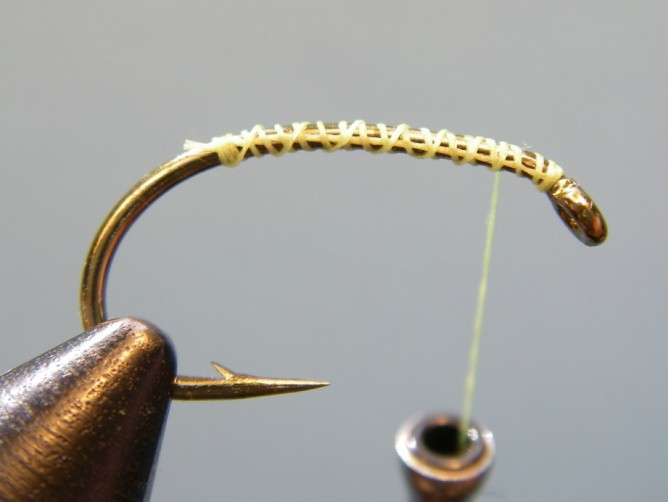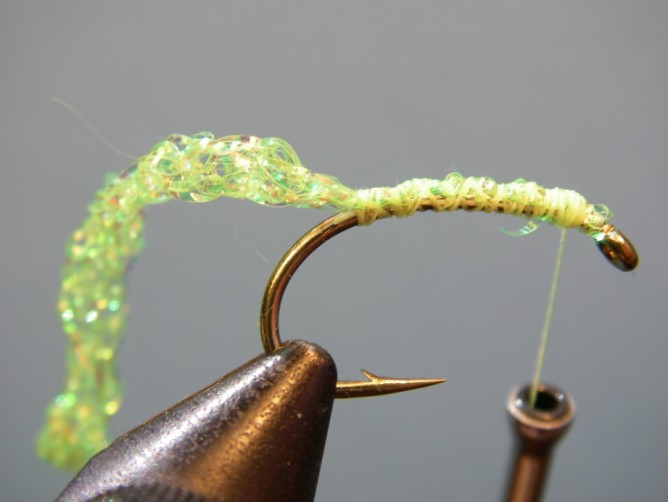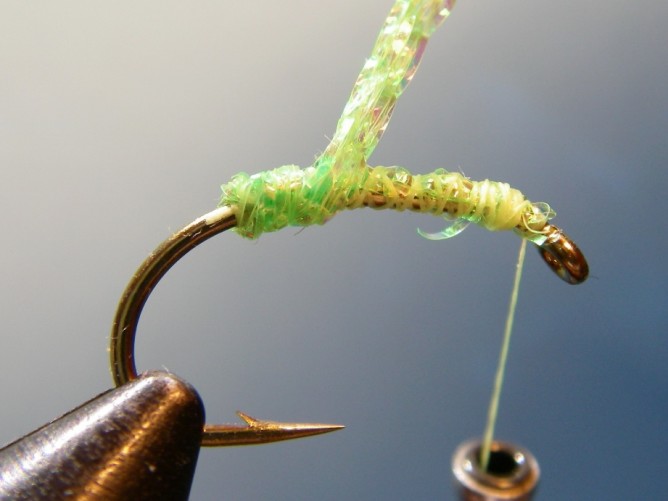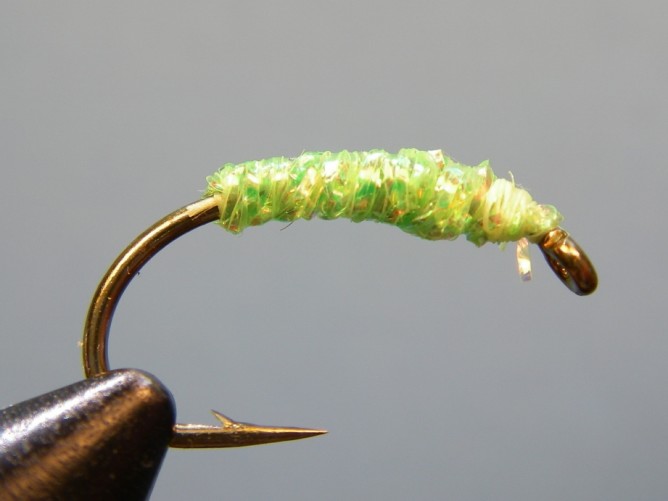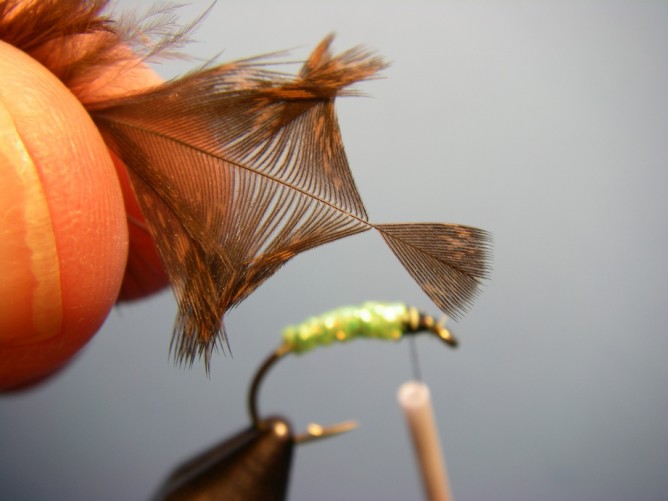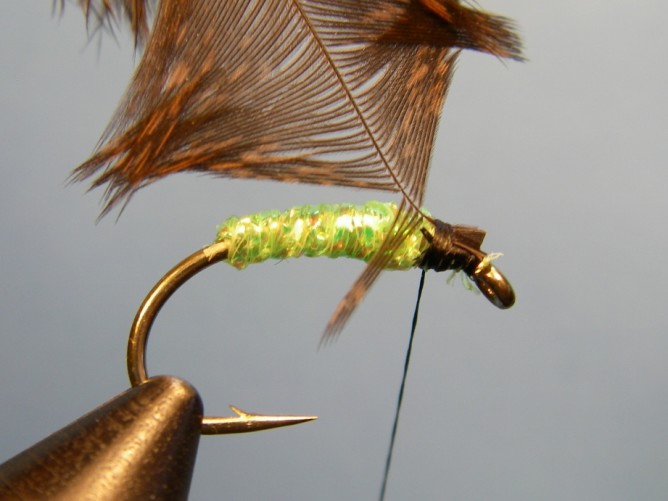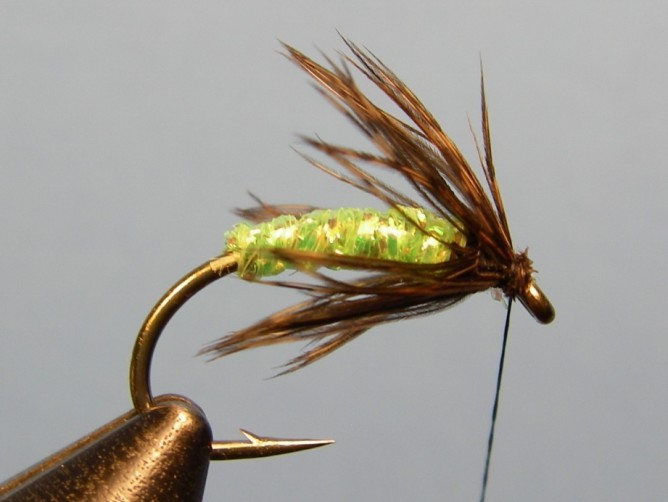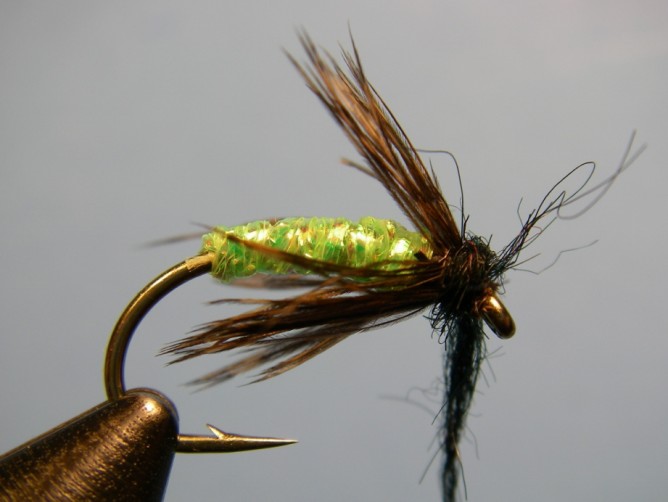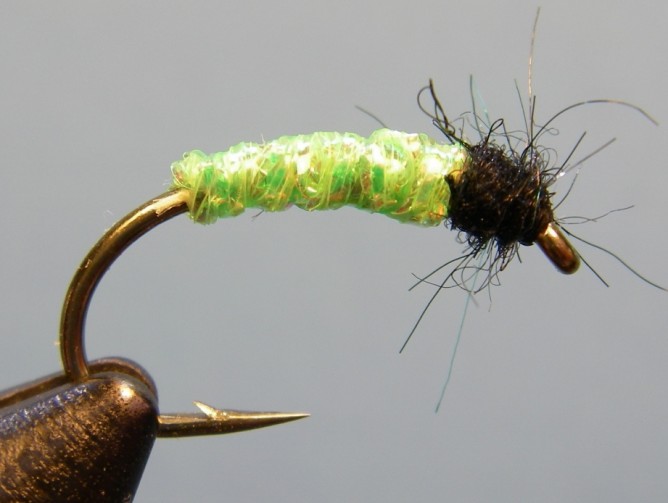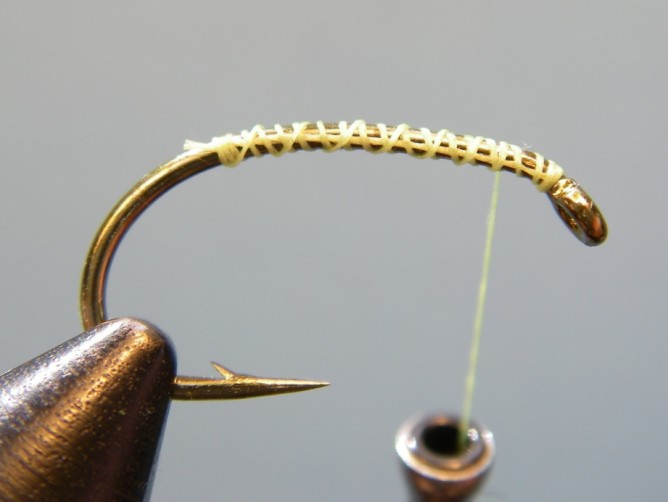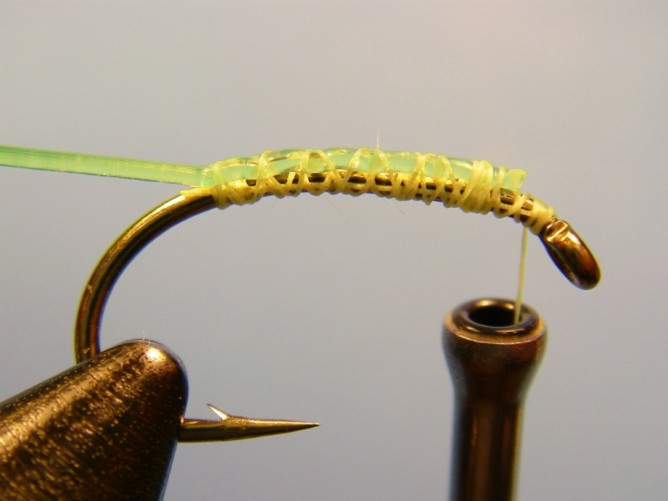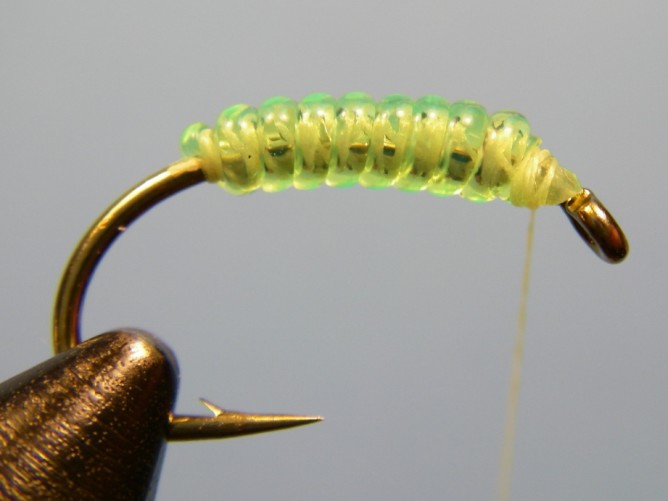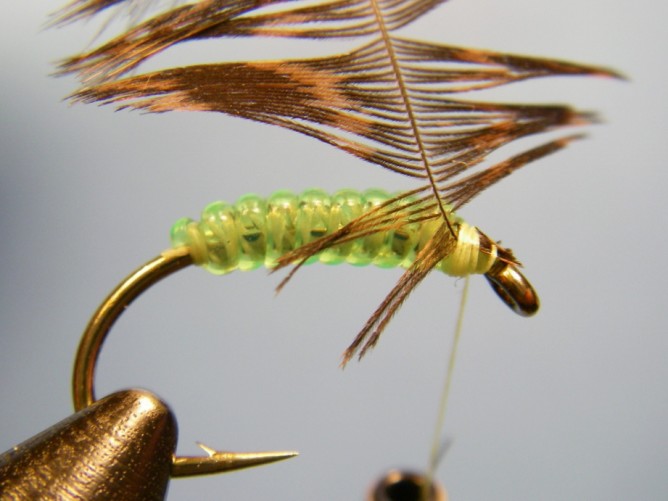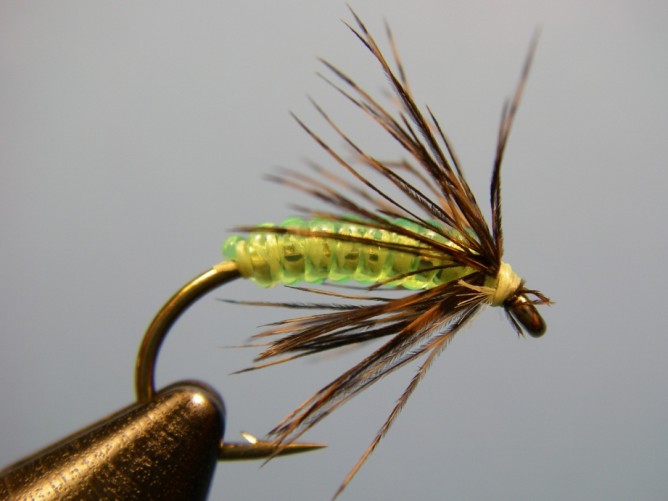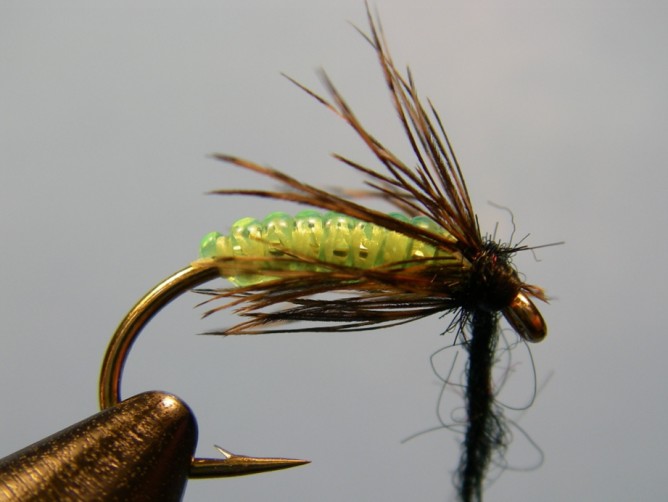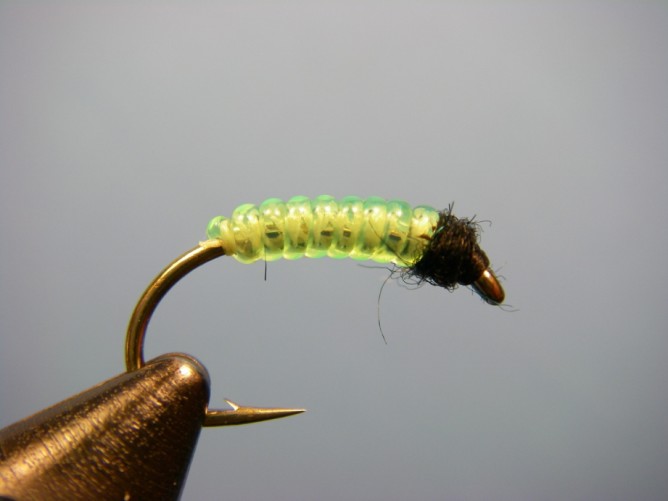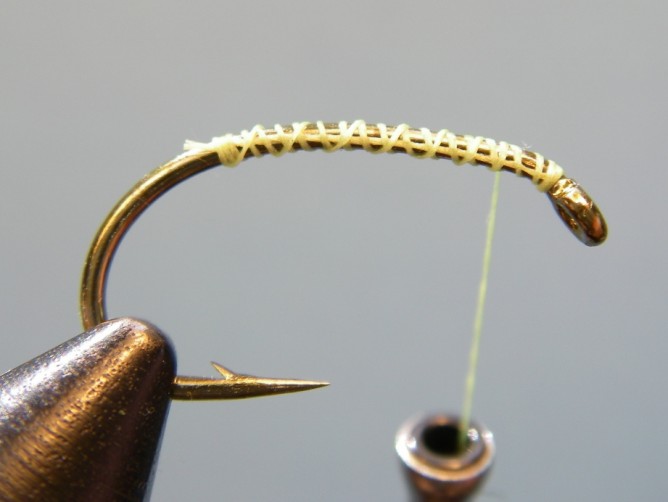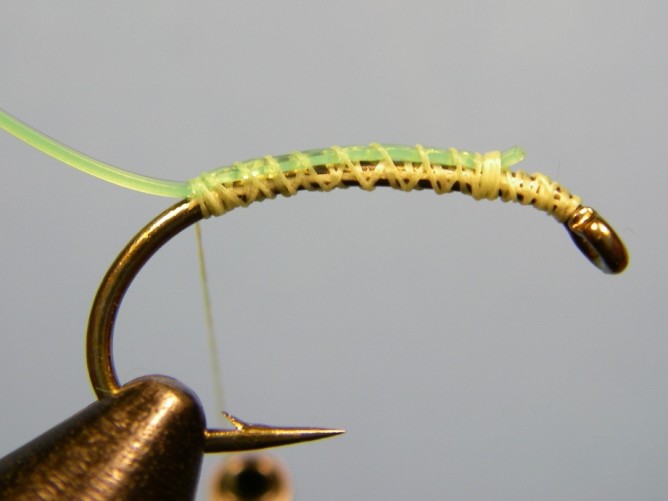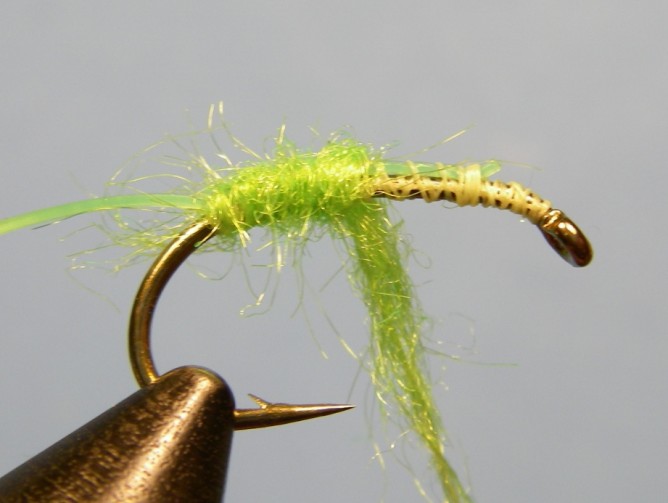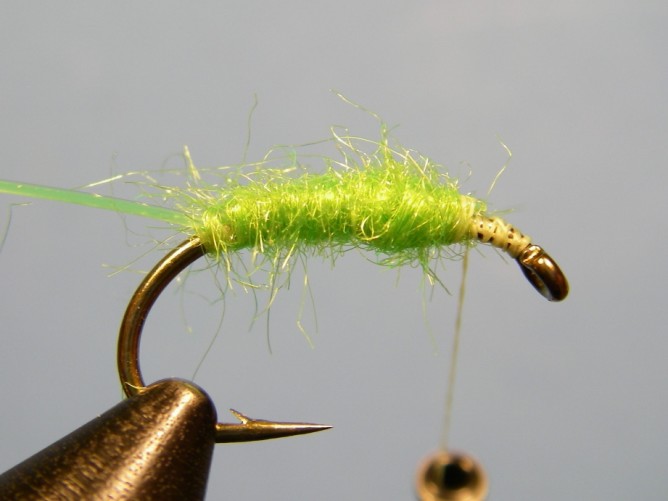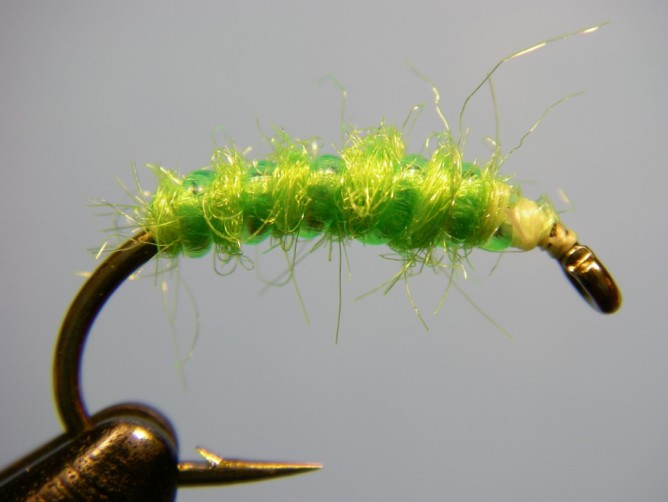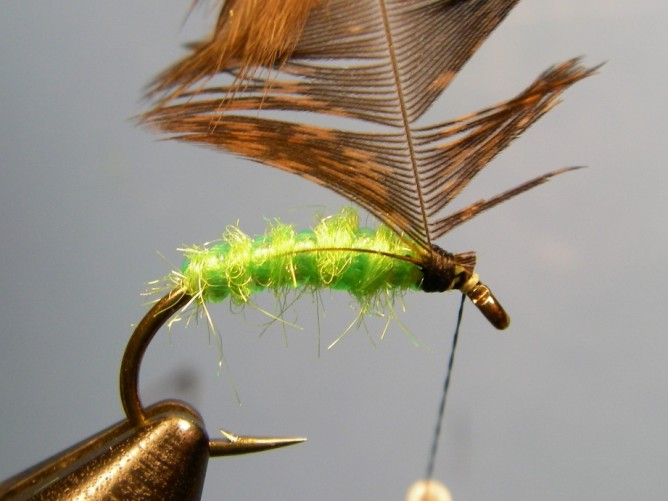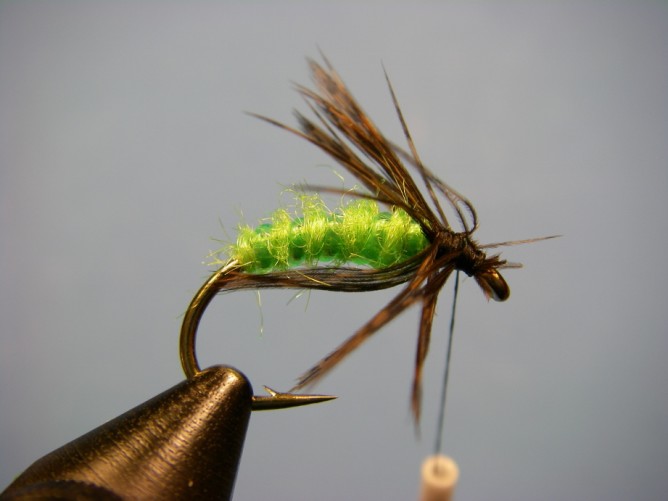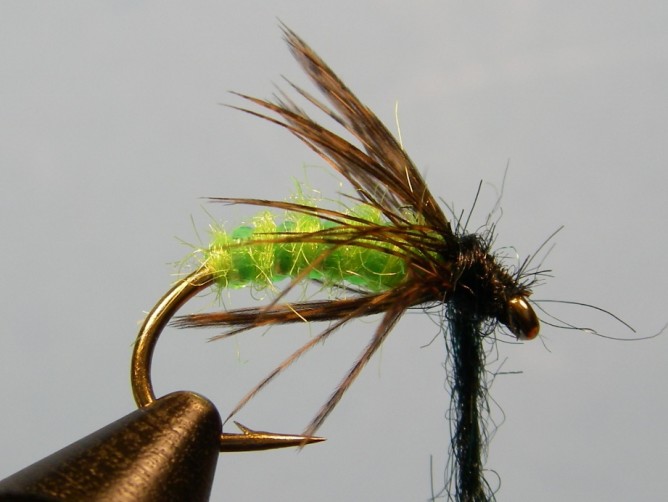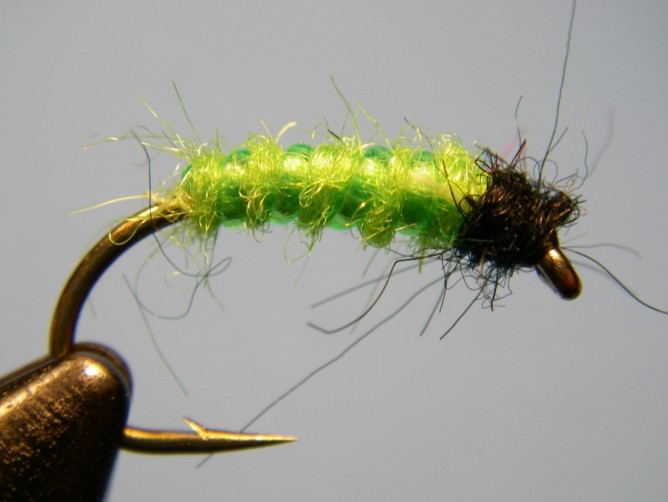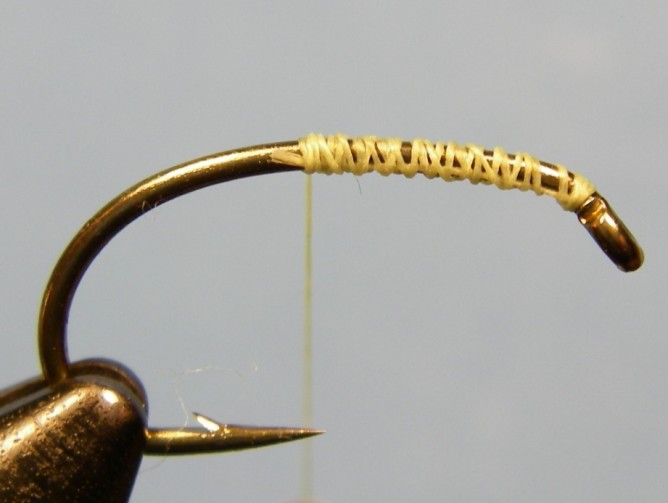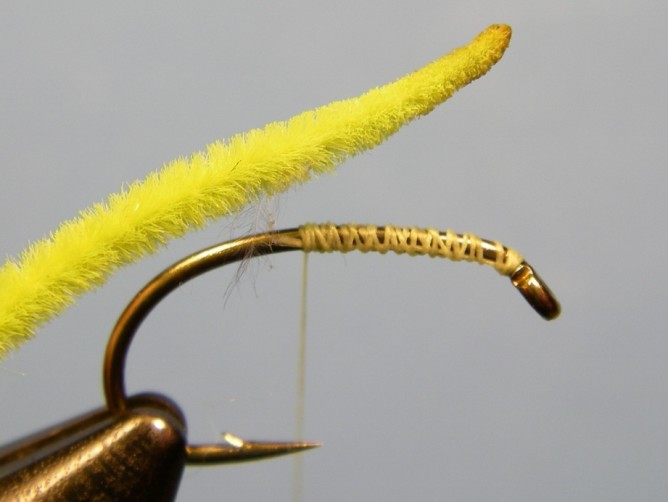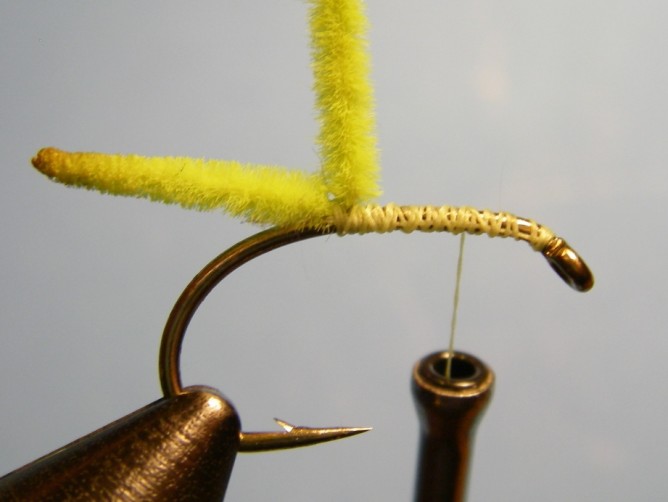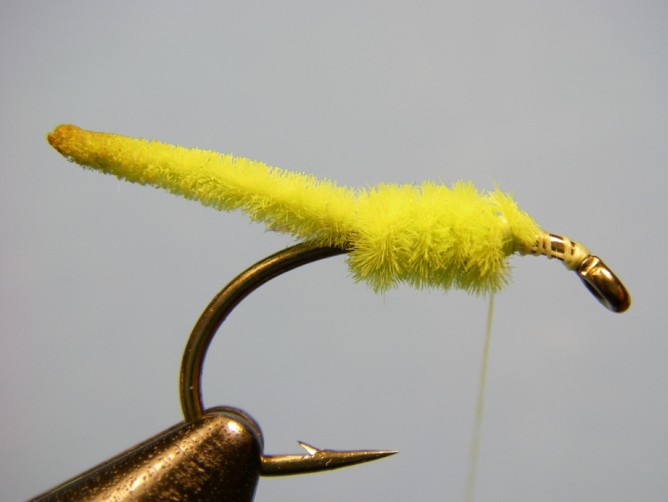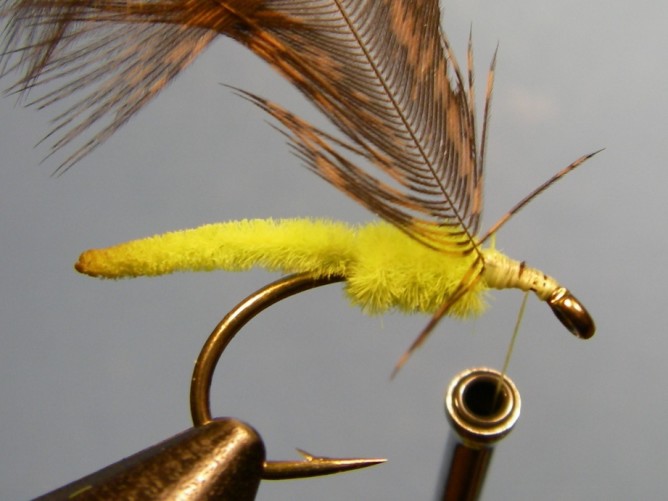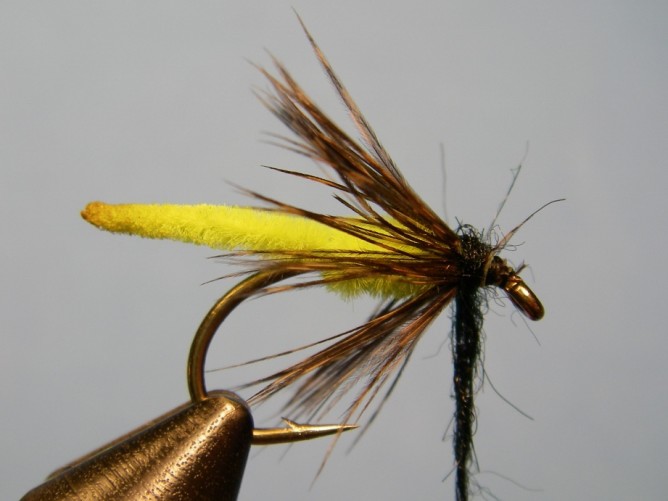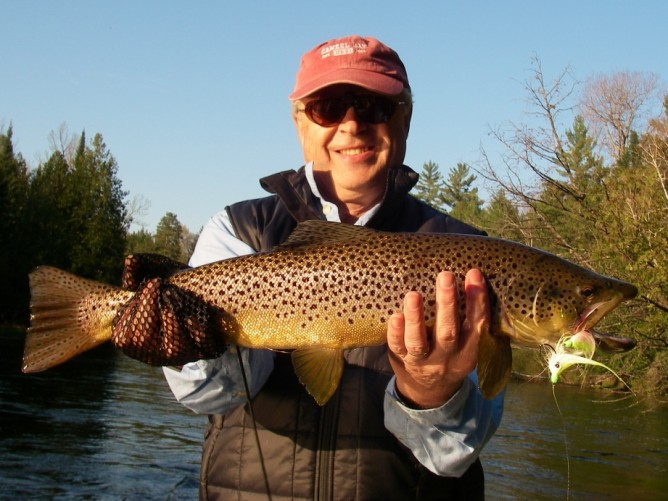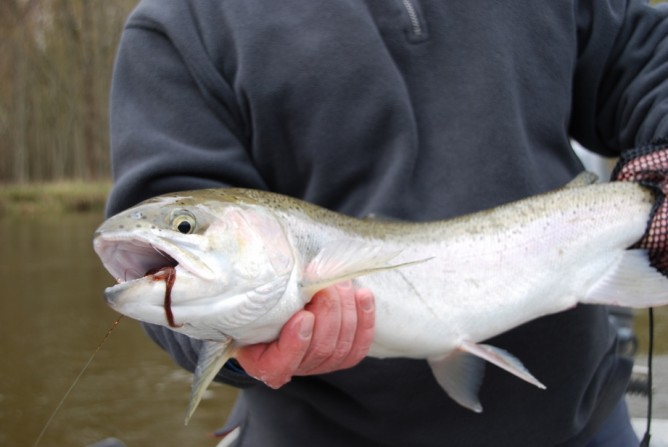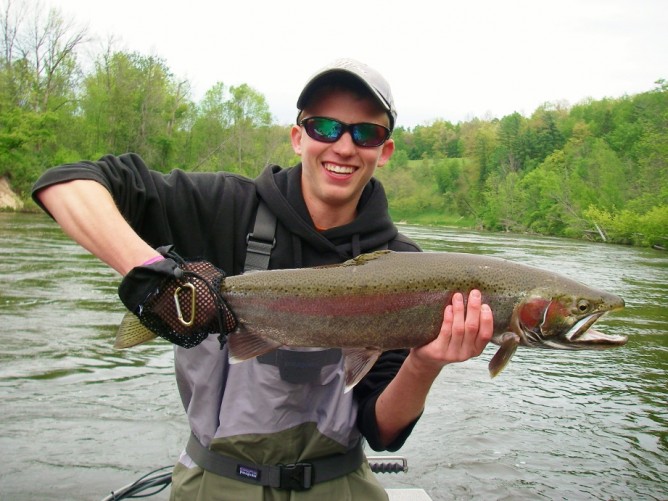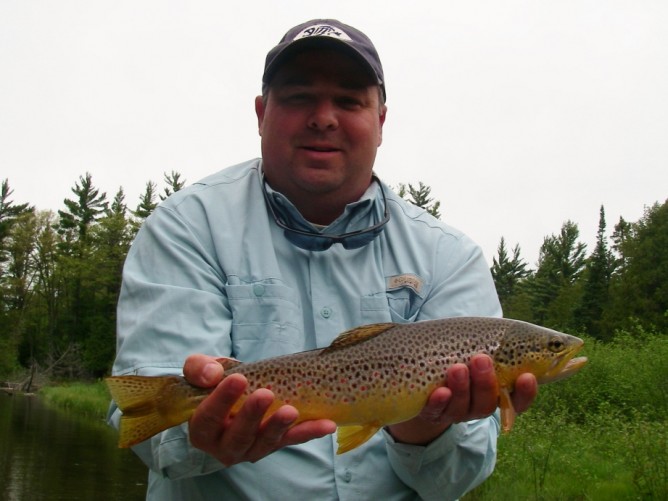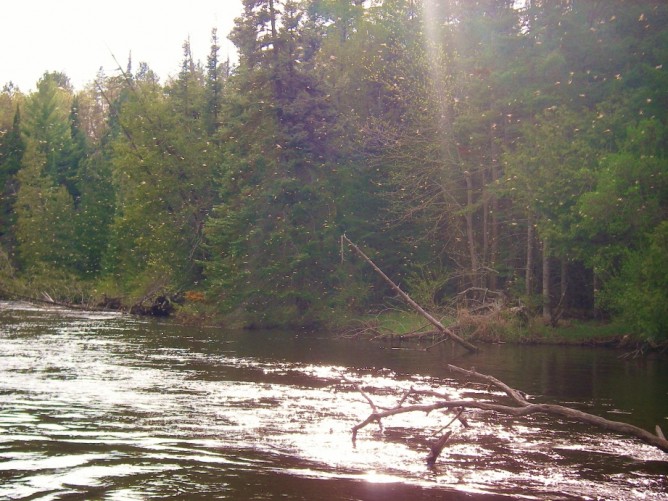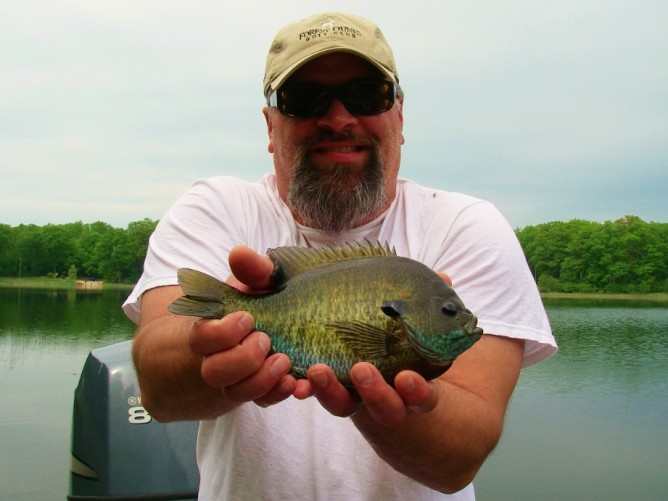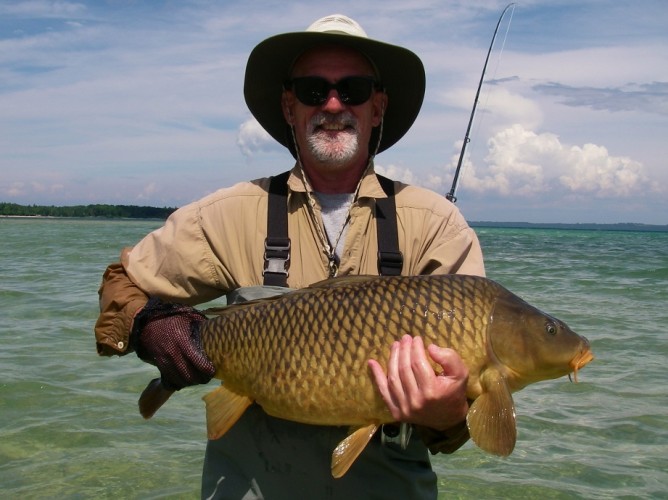As October winds down, so has the salmon fishing. There seemed to be more salmon this year in the Manistee and Betsie rivers than in recent years as their population builds back up thanks to an increasing baitfish population in the lake.
With so many salmon laying eggs in the river, it makes for a great “protein drip” for the steelhead to feed on. So far this Fall, the steelhead numbers have been quite low for adult fish, but with a great number of skippers (15-22” steelhead). Time will tell if the low return is a matter of low water that most rivers on the west side of the State are dealing with, warmer water temps, or a lack of fish population, but it sure feels great when that adult jumps on and reminds us of what a great sport fish they are. It’s also a reminder not to take them for granted and that catch and release is crucial for the future of our fisheries.
Some fresh coho have been around, too, which are always a fun bycatch.
Most of the fish are being caught on eggs and beads with so many eggs in the water. Natural looking colors and sizes are still the first choice but on days when the leaf drop is heavy, sometimes fishing an egg pattern that’s a little larger and/or bolder can help bring some attention to it. You can read more on fishing egg patterns here.
As a seasoned veteran guide now retired recently shared with me – “Keep the faith, they have a way of just showing up”. We look forward to that.
Good luck.
Ted
Fall Steelhead – Just a few dates in November remain available – finish the fishing season strong.
Spring Steelhead – Most of the season is booked – get your dates for March and April while you can.
2024 Fishing – Get your dates secured to ensure your time on the water. Booking all seasons thru September.


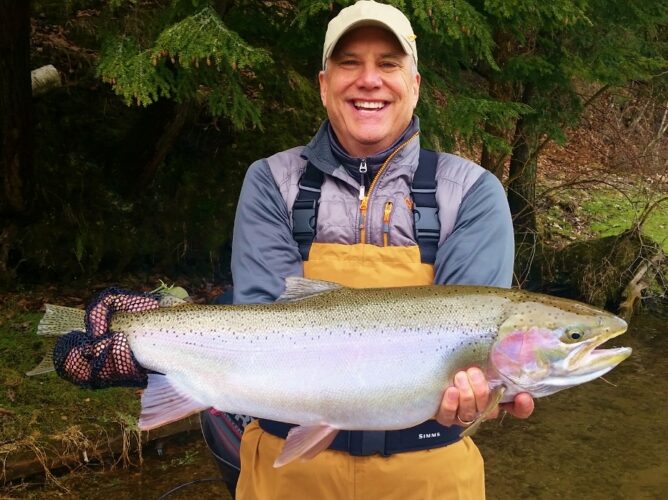
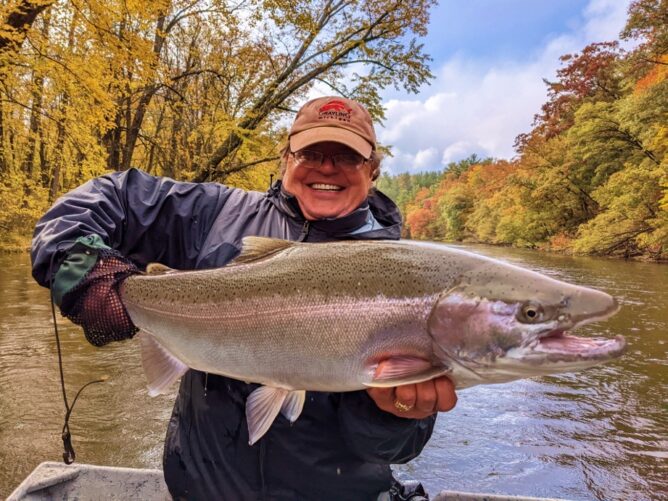
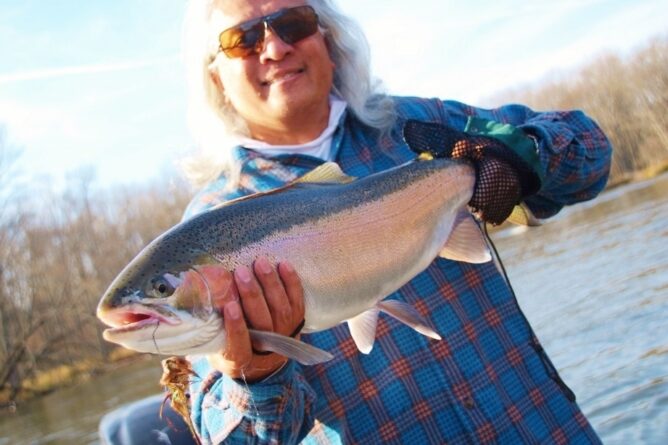
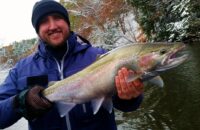
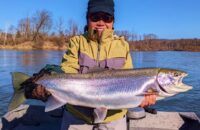
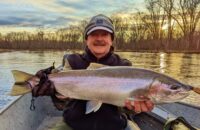
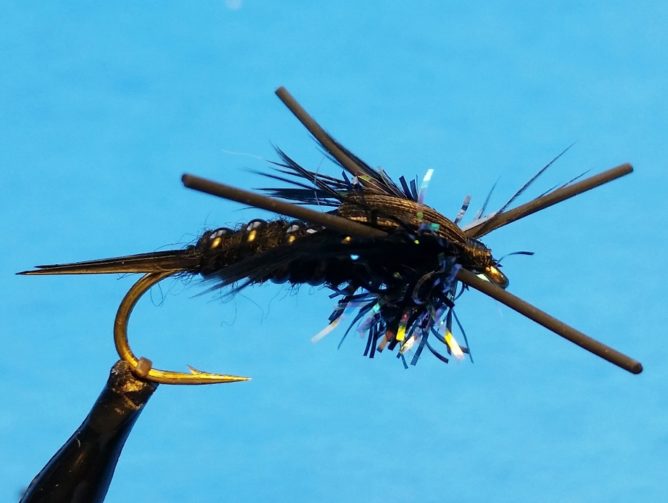
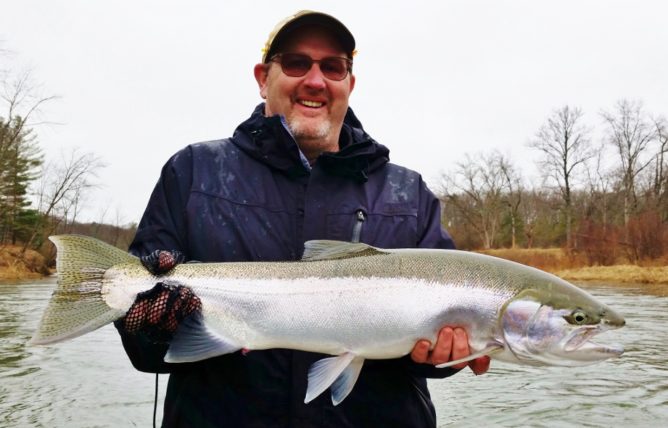
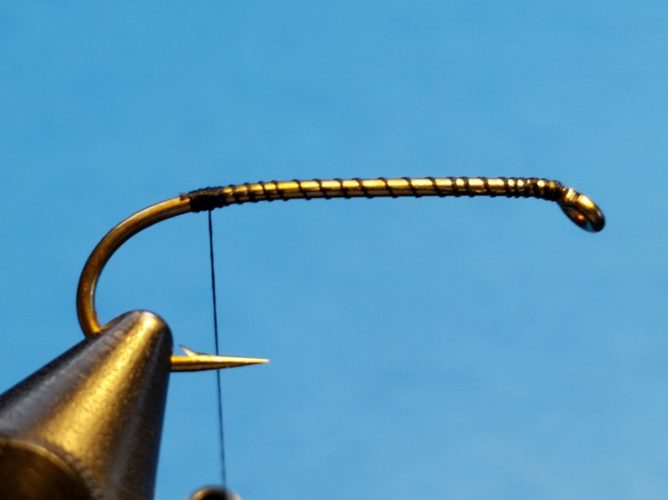
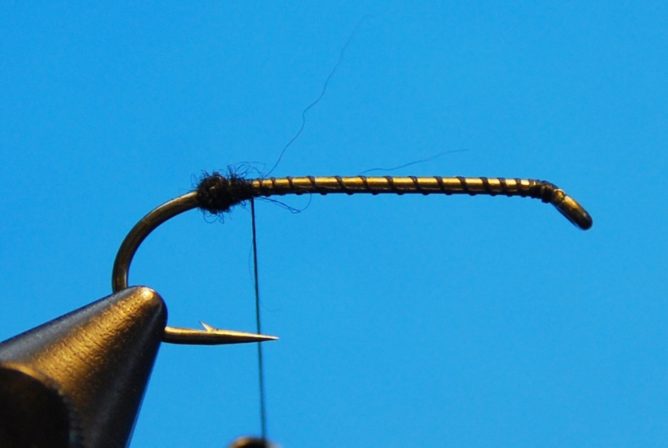
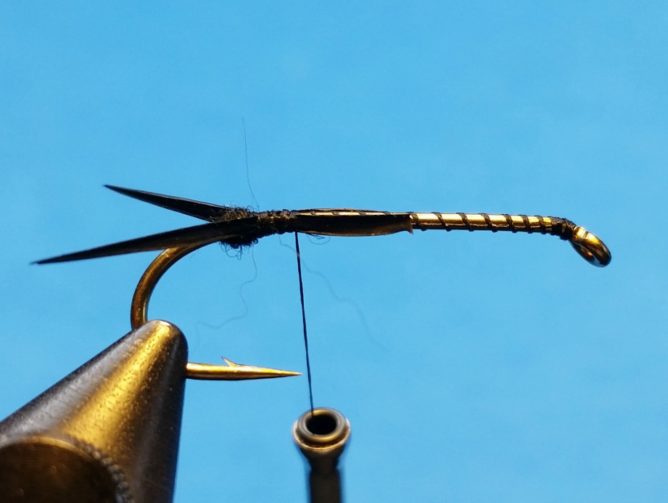
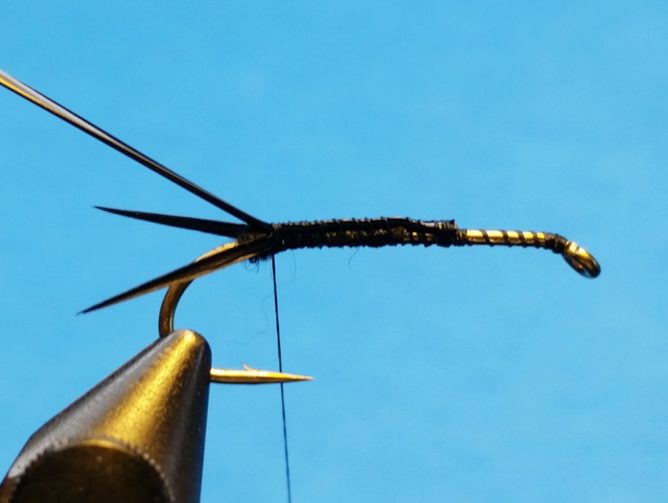
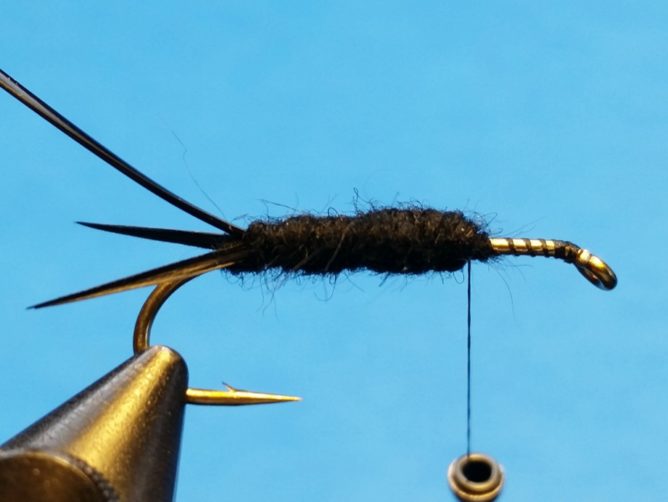
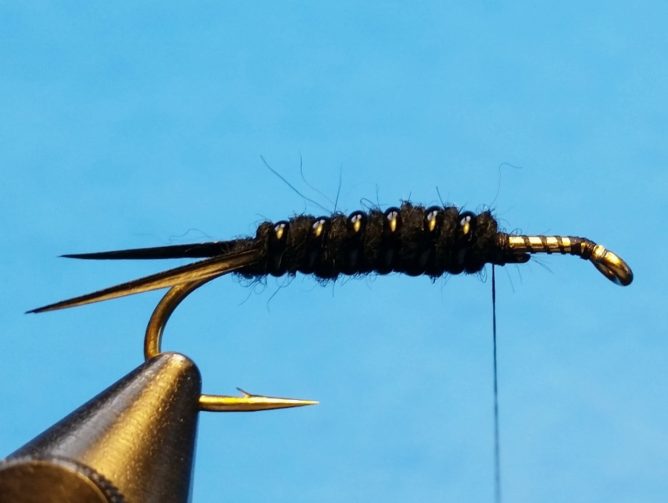
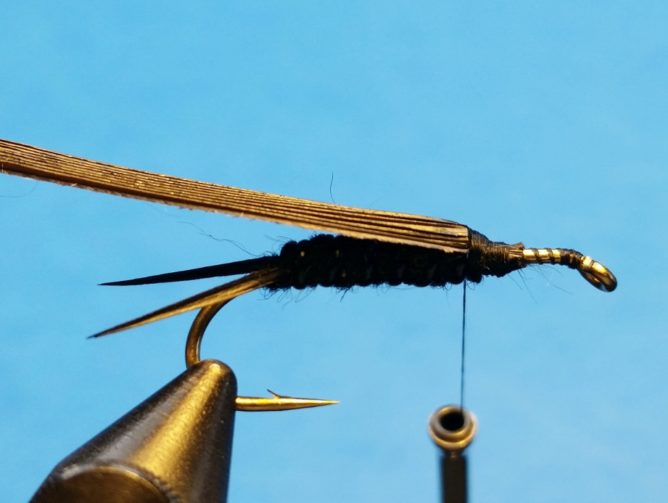
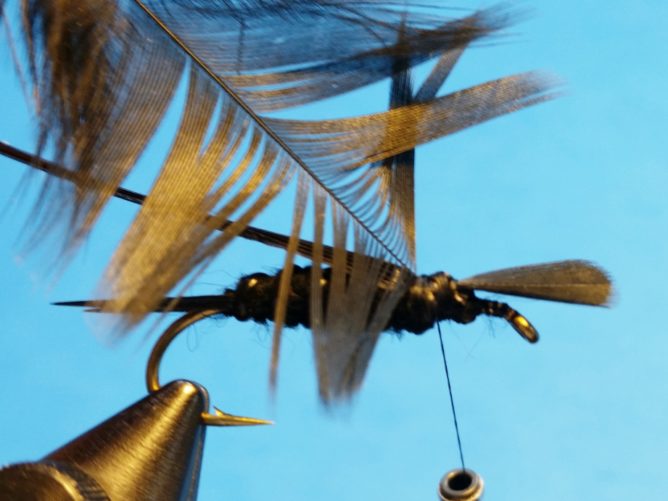
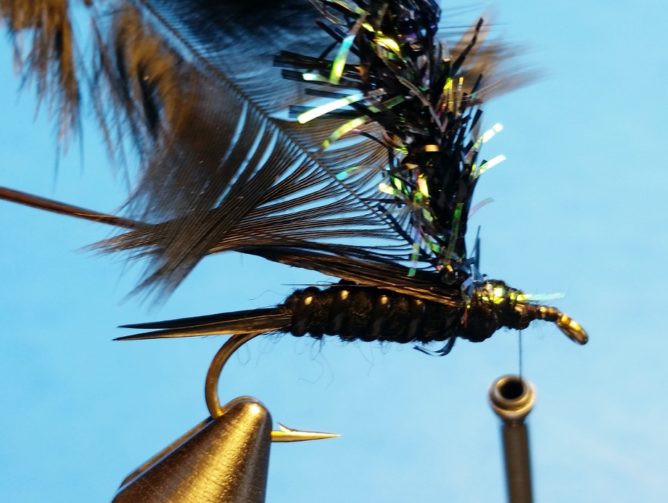
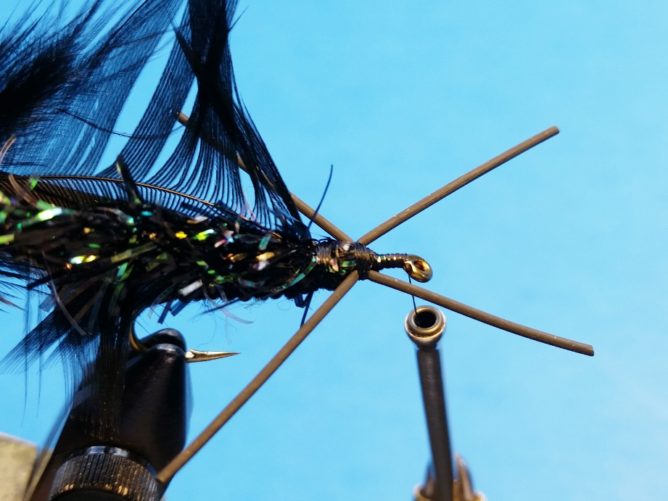
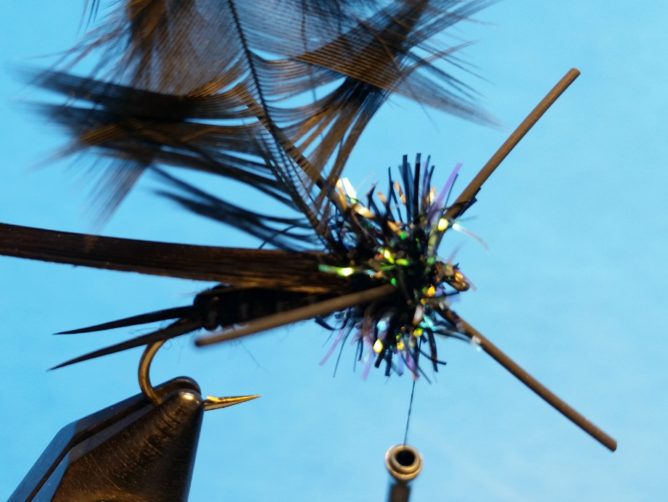
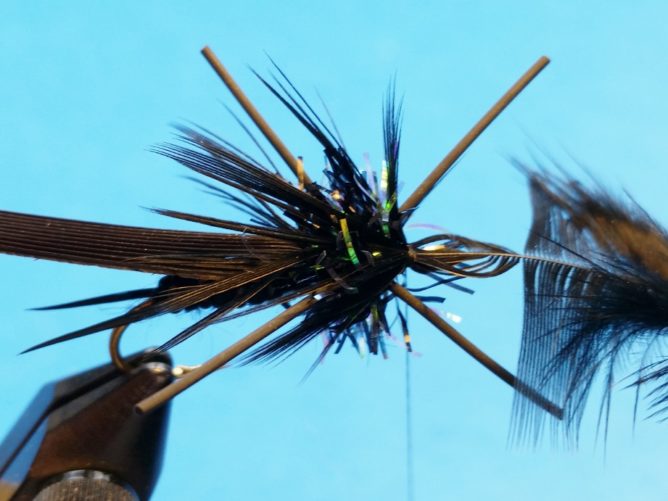
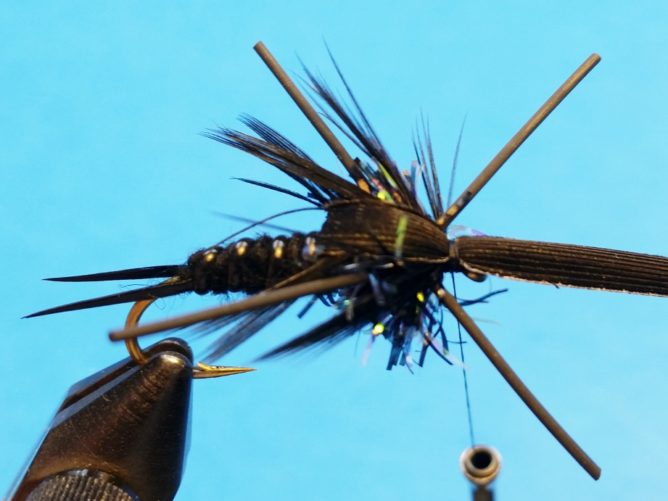
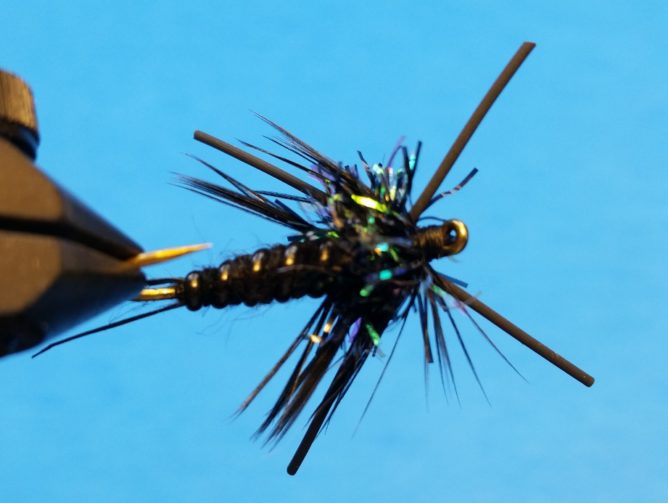
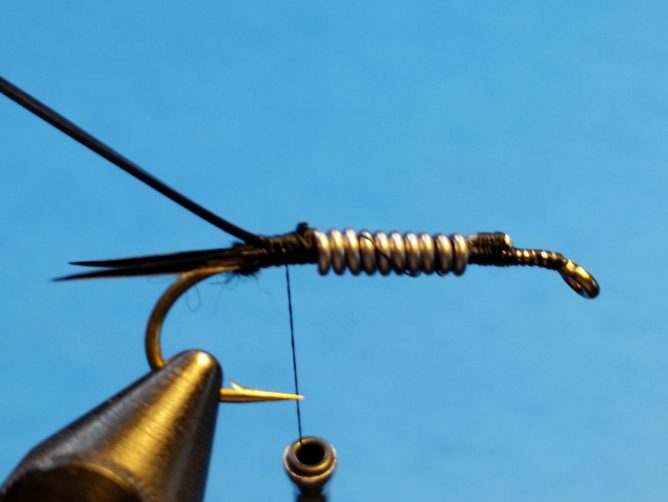
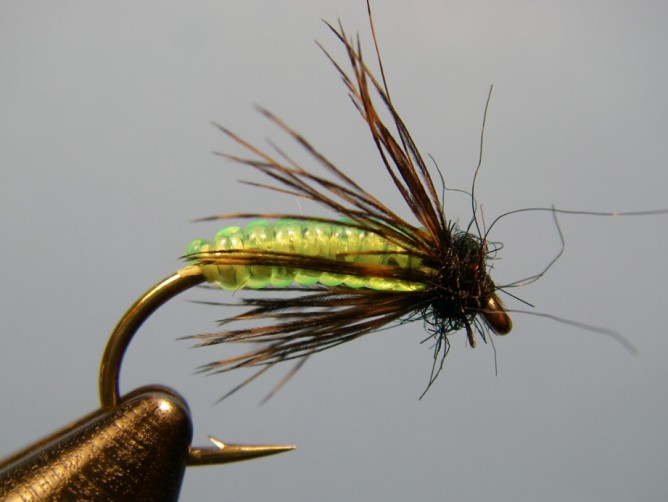
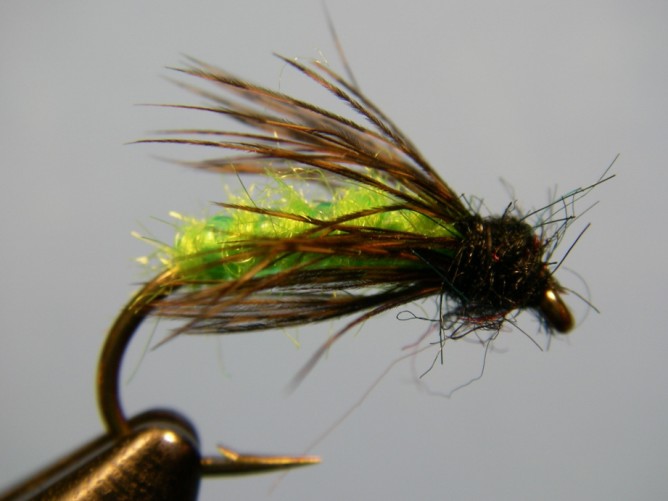
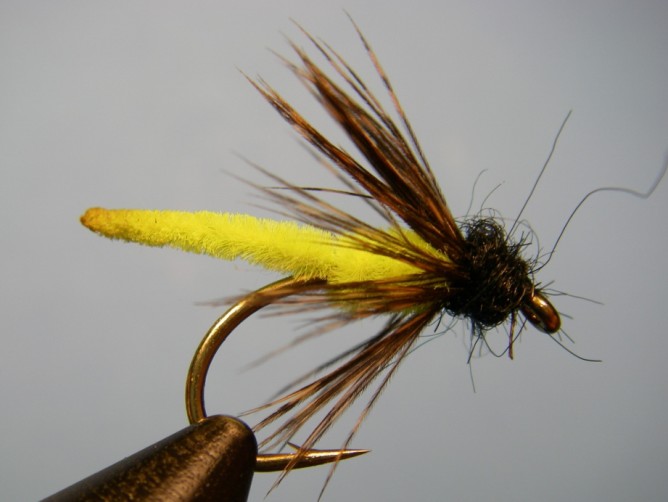
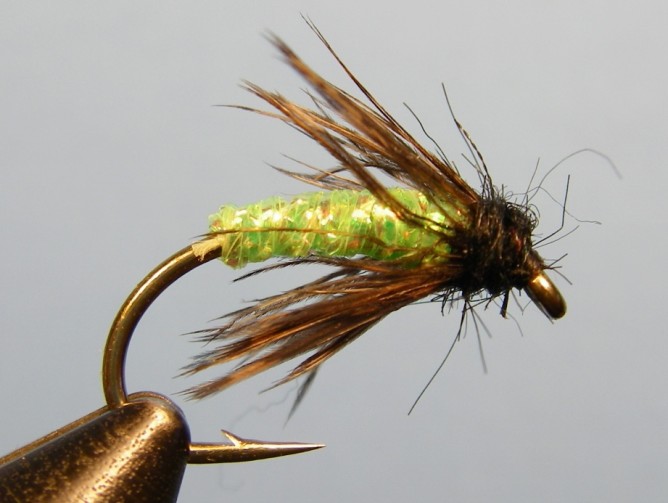 Diamond Braid Green Caddis
Diamond Braid Green Caddis